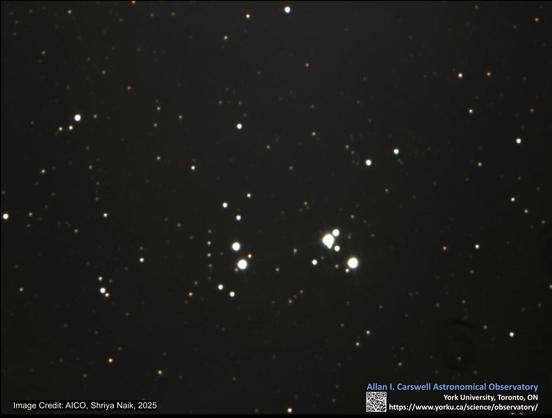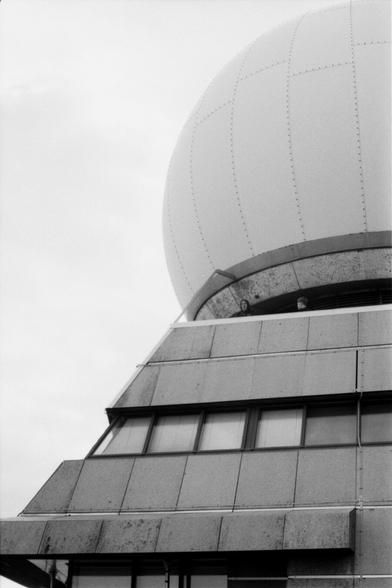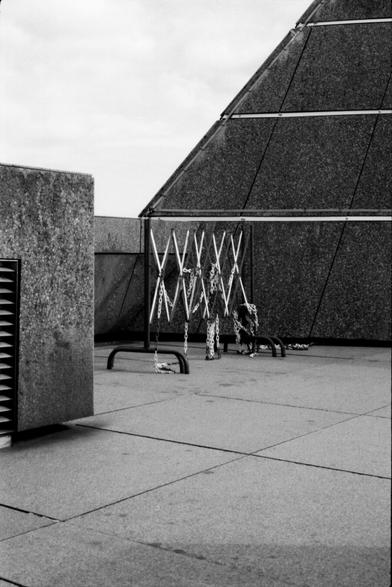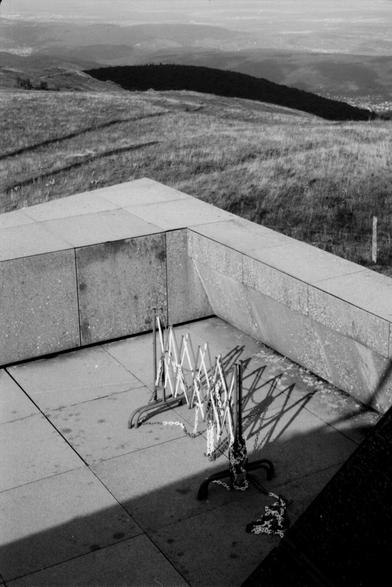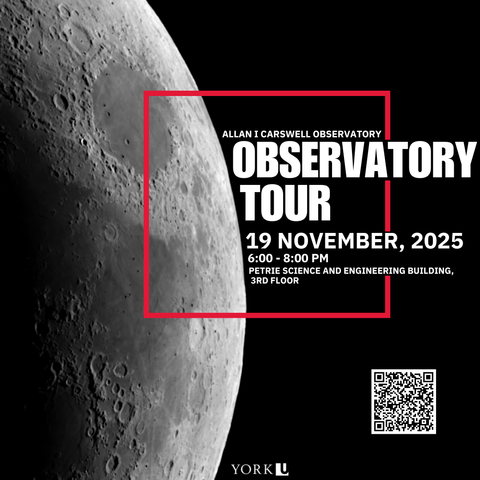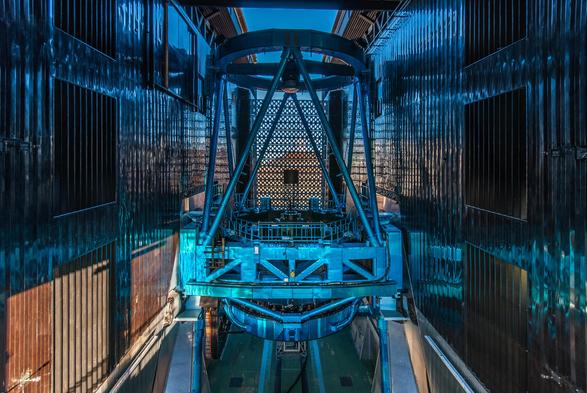Endgame 🔧✨ | 10 Observatories in 10 Weeks - Week 10
Week 10 — the final push in the 10 Observatories in 10 Weeks challenge.
No big builds, no dramatic chaos… just the long list of jobs that actually bring an observatory field to life.
This week we:
Updated the Starlings that will control all observatory operations
Cladded the server room (with John helping on Tuesday and Wednesday before sneaking off to see AC/DC)
Sealed the observatory floors… and sealed them again
Installed cameras in every observatory
Mounted the battery chargers for the backup power systems
Amid the grind, Brenton arrived just in time for a surprise aurora lighting up the sky. Then on Thursday, Josh came up to finish configuring the Starlings so each observatory can open and close remotely — one of the last major steps before the site goes fully live.
After ten intense weeks, countless late nights, storms, wind disasters, busted tools, and far too many trips to the hardware store… we finally reached the end.
This is Week 10. This is Endgame.
#astronomy #space #astrophotography #universe #science #nasa #cosmos #stars #galaxy #telescope #observatory #astrophysics #nightsky #makerlife #engineering #STEM #spaceexploration #skywatching
https://youtu.be/7Djmgts4RXs












